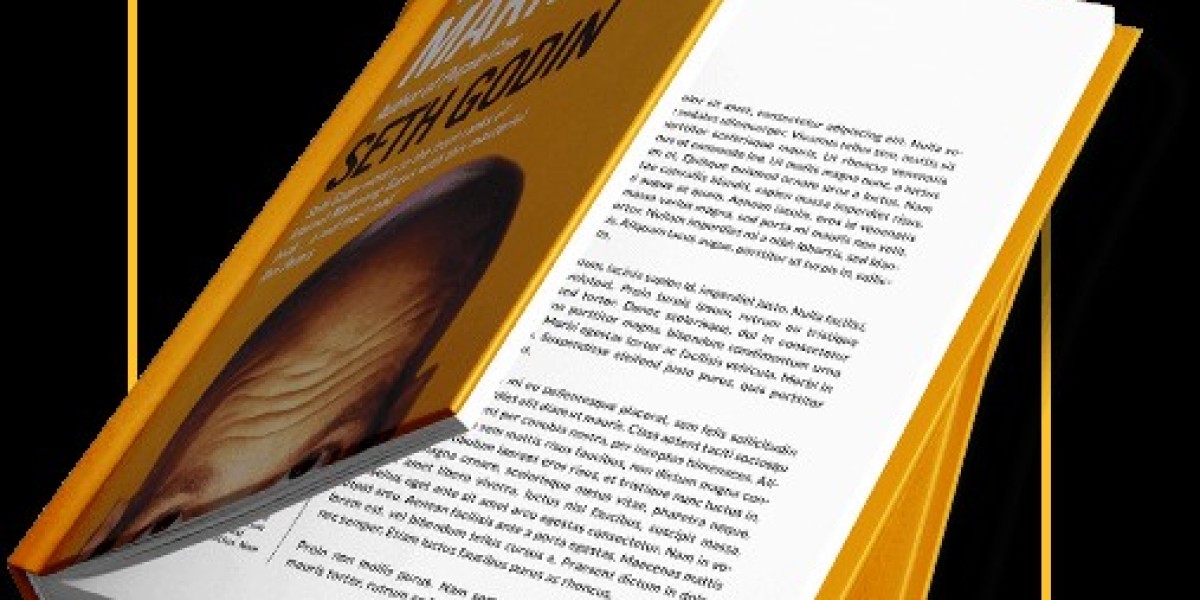The process of an author independently publishing their work without the assistance of a traditional publishing house is known as self-publishing. This has grown to be a significant influence in the literary world throughout the past ten years. This approach to publishing books has its origins in the early days of printing, when authors would often use what were known as vanity presses to finance the publication of their own works. However, the publishing industry as a whole has changed dramatically in recent years due to the self-publishing ecosystem.
Self-publishing, where authors independently publish their work without traditional publishers, has become a major force in the literary world over the past decade. While early forms involved authors financing their works through vanity presses, the modern self-publishing landscape has transformed the industry.
Social media has become essential for self-published authors, enabling them to market their books, build brands, and connect with readers on platforms like Goodreads, Instagram, and Twitter. A 2020 survey by the Alliance of Independent Authors found nearly 60% of self-published authors rely on social media as their primary marketing tool.
Improved access to professional editors, designers, and marketers has also elevated the quality of self-published books, matching traditional publishing standards. As a result, the stigma around self-publishing has faded, with readers increasingly valuing indie authors' creativity and work.
The Digital Revolution and Self-Publishing
The 1980s and 1990s saw the emergence of personal computers and desktop publishing software, ushering in a new era for self-publishing. Authors could now format and design their manuscripts independently, reducing reliance on professional typesetters and designers. However, the true transformation came with the rise of the Internet and e-commerce platforms.
Amazon's launch of Kindle Direct Publishing in 2007 was a game-changer, allowing authors to upload ebooks directly to the world's largest online bookstore, reaching millions without a traditional publisher. Platforms like Barnes & Noble's Nook Press and Apple's iBooks Author soon followed, making publishing even more accessible.
This digital revolution eliminated many barriers for authors. Aspiring writers no longer face constant rejections or need to invest heavily in printing physical books. With just a computer and internet access, anyone can now become a published author.
Important Factors Influencing the Cost-Effectiveness of Self-Publishing Growth
Cost-effectiveness
When compared to traditional publishing, which frequently necessitates large upfront expenditures, self-publishing is incredibly cost-effective. Many platforms provide larger royalty percentages for each sale and enable authors to publish for little or no expense.
Creative Freedom
Self-published writers maintain complete control over their work, including marketing, cover design, and content and editing. For authors who have a clear vision or who write in specialized categories that traditional publishers might steer clear of, this flexibility is perfect.
More Rapid Time to Market
Self-publishing allows authors to publish their books as soon as they are finished, in contrast to traditional publishing, which might take more than a year. They can react swiftly to pertinent subjects or market trends thanks to their speed.
Diverse Voices and Niche Markets
Authors who write for specialized niches that traditional publishers might miss now have more opportunities thanks to self-publishing. Diverse voices that have historically been underrepresented in traditional publications have also been highlighted by it. By passing possible gatekeepers in the conventional publishing sector, authors from underrepresented backgrounds can communicate their stories directly to audiences.
How to Begin Self-Publishing
1. Recognize the platform.
Learn the features, royalties structure, and distribution channels of the self-publishing platform, whether it's Amazon KDP or another one. Spend some time learning how each platform functions because they all have subtleties.
2. Create high-quality material.
Excellent content is essential to self-publishing success. Make sure your writing, whether it's non-fiction or fiction, is interesting, thoroughly researched, and expertly edited. Never undervalue the significance of a well-edited book; typos and poor language can have a big influence on how your book is received and reviewed.
3. Create a visually appealing cover.
A prospective reader frequently notices the book cover first. Invest in a professional cover design that will draw in the target audience and accurately represent the subject matter of your book.
4. Acquire knowledge about formatting.
Different platforms have different requirements for print and ebook formatting. To format your book effectively, learn these prerequisites or think about hiring a professional.
Accessibility and Global Reach
Another element that will influence self-publishing's future is its worldwide reach. Self-publishing allows authors to reach readers all over the world, while traditional publishing frequently concentrates on important markets like North America and Europe. Readers in almost every nation can now obtain self-published books because of the expansion of international distribution networks and online retail platforms. For writers, this worldwide accessibility is creating new markets and chances to engage with a multicultural and global readership.
Self-publishing is growing more inclusive as it becomes more widely available. Writing in languages other than English and authors from a variety of backgrounds are discovering that self-publishing is a useful tool for telling their stories.
The Prospects for Self-Publishing
The publishing landscape is changing dramatically as a result of the innovative work of sites like Spines, and self-publishing will be crucial in determining the direction of the sector moving forward. Self-publishing is predicted to become increasingly more significant as readers' tastes and technology advance, giving authors more options and changing the way books are distributed.
Conclusion
Both self-publishing and traditional publishing have bright futures ahead of them, and there is plenty of space for them to coexist. Good material will fetch a reasonable price from the discriminating reader. Fighting book pirates and low-quality, inexpensive pirated printed books and eBooks that are distributed through file-sharing networks is a difficulty. The future will be a problem of plenty as readers are overloaded with options to choose from as AI speeds up the authoring, designing, editing, and publishing of books. The desire for knowledge never stops. Thus publishing will continue to flourish if prices are reduced, environmentally friendly printing techniques are employed, and there are possibilities to recycle unused books and inventory.







